
WNC Orchard Insect Pest Populations - June 30, 2025
Codling Moth: In lower elevation orchards (i.e., those ranging from about 800 to 1300 ft) an insecticide targeting second …


El inglés es el idioma de control de esta página. En la medida en que haya algún conflicto entre la traducción al inglés y la traducción, el inglés prevalece.
Al hacer clic en el enlace de traducción se activa un servicio de traducción gratuito para convertir la página al español. Al igual que con cualquier traducción por Internet, la conversión no es sensible al contexto y puede que no traduzca el texto en su significado original. NC State Extension no garantiza la exactitud del texto traducido. Por favor, tenga en cuenta que algunas aplicaciones y/o servicios pueden no funcionar como se espera cuando se traducen.
Inglês é o idioma de controle desta página. Na medida que haja algum conflito entre o texto original em Inglês e a tradução, o Inglês prevalece.
Ao clicar no link de tradução, um serviço gratuito de tradução será ativado para converter a página para o Português. Como em qualquer tradução pela internet, a conversão não é sensivel ao contexto e pode não ocorrer a tradução para o significado orginal. O serviço de Extensão da Carolina do Norte (NC State Extension) não garante a exatidão do texto traduzido. Por favor, observe que algumas funções ou serviços podem não funcionar como esperado após a tradução.
English is the controlling language of this page. To the extent there is any conflict between the English text and the translation, English controls.
Clicking on the translation link activates a free translation service to convert the page to Spanish. As with any Internet translation, the conversion is not context-sensitive and may not translate the text to its original meaning. NC State Extension does not guarantee the accuracy of the translated text. Please note that some applications and/or services may not function as expected when translated.
Collapse ▲
Codling Moth: In lower elevation orchards (i.e., those ranging from about 800 to 1300 ft) an insecticide targeting second …
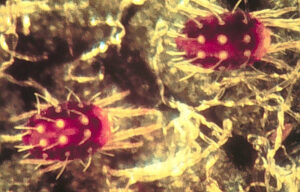
In Henderson County and similar elevations, first generation codling moth flight is complete, and second generation flight is not …
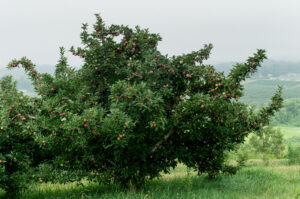
Codling Moth: Throughout the region we remain in that window where codling moth is between generations, and unless there …

Depending on elevation, we are either approaching or in that period when most major pests exhibit a low potential …

In orchards at elevations of about 2000 ft or higher (e.g., Henderson County), this week should see the last …

First generation codling moth remains a key pest of concern across the region. Also, the window for tufted apple …
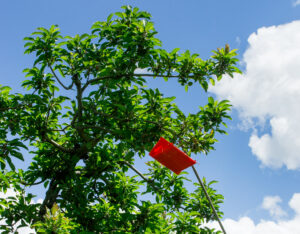
Codling moth degree-day accumulations range from about 370 in Henderson County (2100 ft) to about 600 in the lower …

Recent hail in some orchards will surely affect decisions on continuing to invest in pesticide costs, but for those …
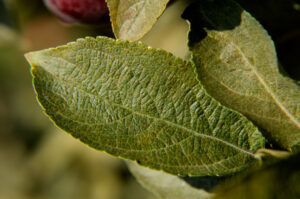
Codling Moth: The cooler weather pattern has slowed degree-day accumulations, and consequently codling moth development has fallen behind last …

With petal fall sprays completed throughout the region, the focus for the next few weeks will be on first …
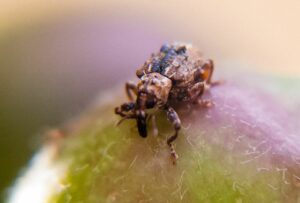
The majority of apples throughout the region are at petal fall, with some later cultivars still blooming. As discussed …

Petal fall is a critical time for management of plum curculio, and potentially oriental fruit moth and rosy apple …
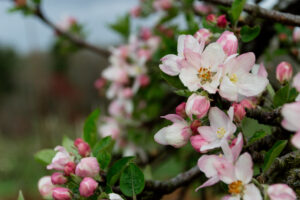
With trees either in or approaching bloom, hopefully orchards have received an oil application at green tip for early …
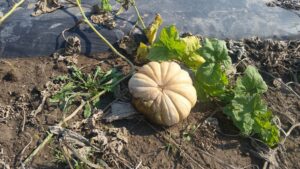
This page will continue to be updated as more information becomes available. Be sure to scroll down to the …
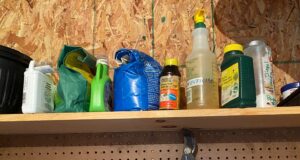
Who: Farmers & Homeowners needing to dispose of pesticide (no dealers, businesses, or retailers) What: Free Pesticide Disposal Collection Day When: …

For all practical purposes, brown marmorated stink bug (BMSB) is the only potential pest to be concerned with at …

Not much has changed in the past week, with brown marmorated stink bug (BMSB) being the main pest of …

Brown marmorated stink bug (BMSB) remains the key pest of concern. As of August 20, about 45% and 63% …

We’re approaching that later-season time period when brown marmorated stink bug and apple maggot are key potential pests. Emergence …

First generation brown marmorated stink bug continues to emerge throughout the region. Temperatures have not been quite as warm …

This publication discusses Anthracnose Fruit Rot (Colletotrichum sp.) of blueberries in detail. Included are the …

This factsheet describes the symptoms of a shoot inhibitor herbicide injury.

This factsheet describes the symptoms of a metribuzin herbicide injury.

This factsheet describes the symptoms of a dichlobenil herbicide injury.

This factsheet describes the symptoms of a protoporphyrinogen oxidase inhibitor herbicide injury.
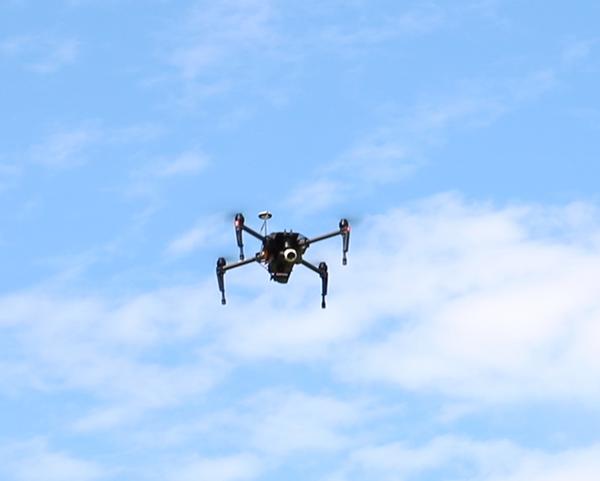
This publication discusses flying unmanned aerial vehicles (drones, model aircraft) for commercial purposes. You'll learn …
The per-capita consumption of processed tomatoes has increased steadily in recent years. This has been …
The tomato is a warm season crop. With special production practices you can produce your …